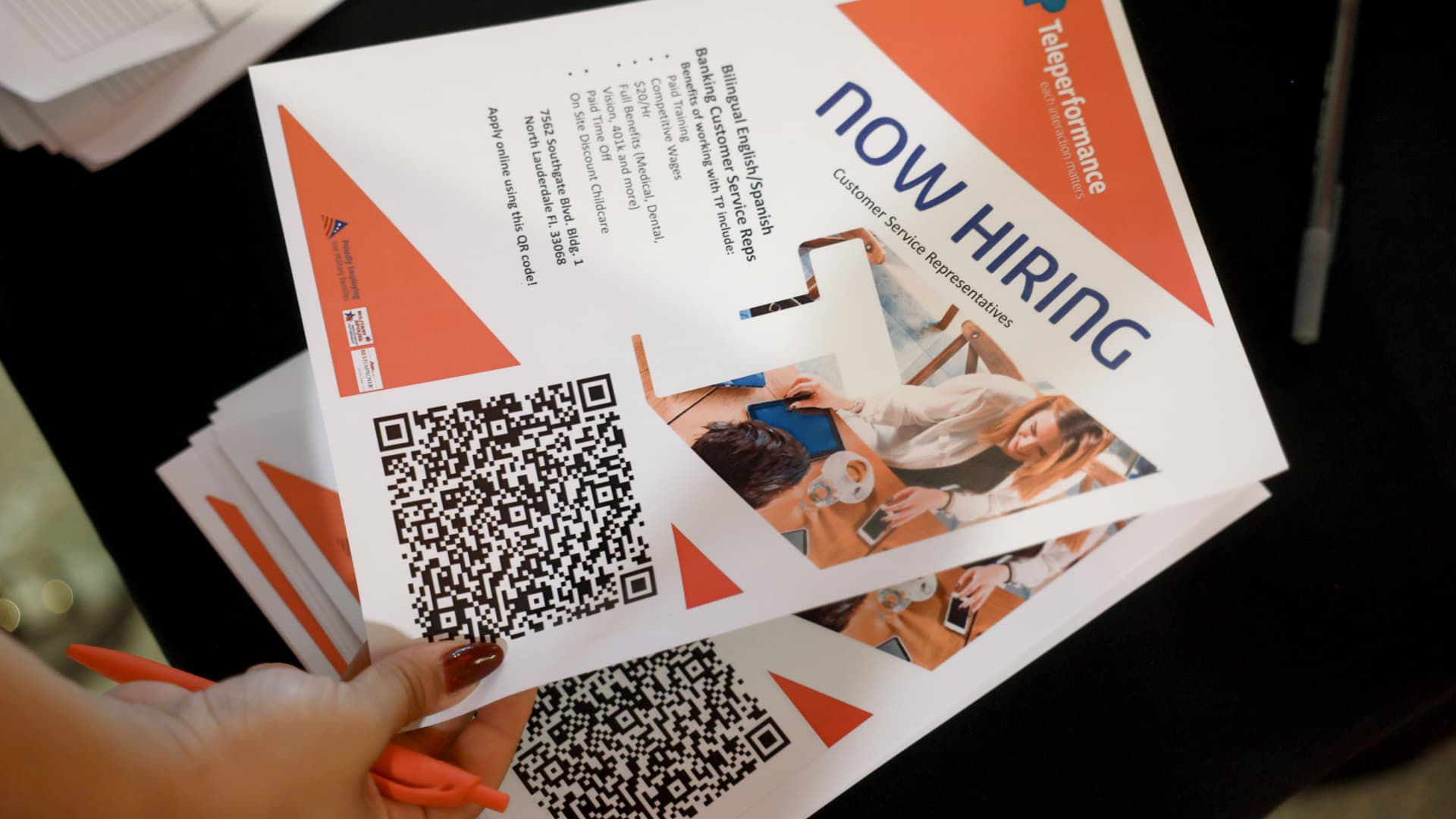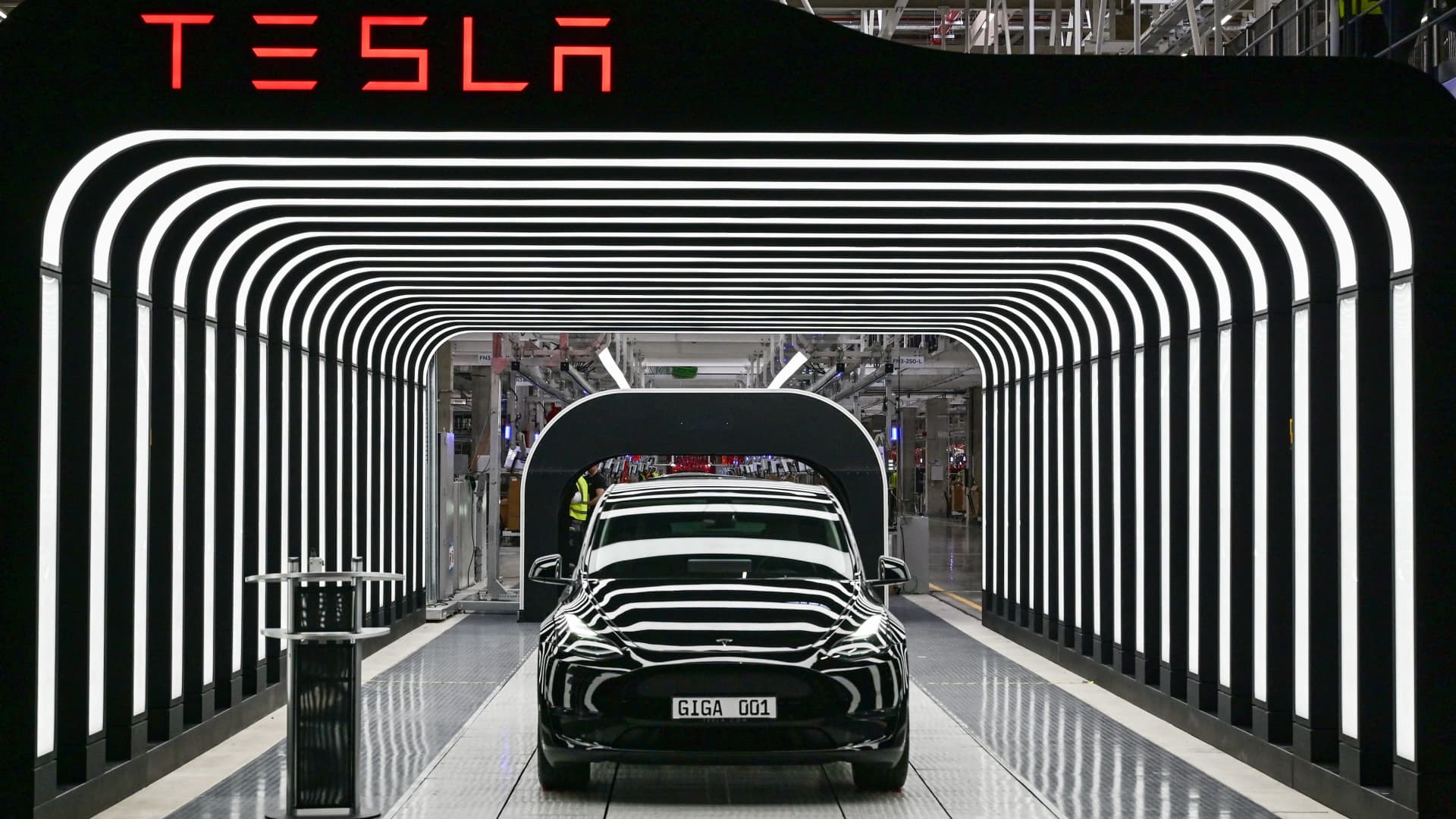Parent company Saks will buy Neiman Marcus in a $2.65 billion deal
“We are thrilled to take this step in bringing together these iconic luxury names, Saks Fifth Avenue, Neiman Marcus and Bergdorf Goodman,” said Richard Baker, Executive Chairman and CEO of HBC, in a press release. “This is an exciting time in luxury retail, with technological advances creating new opportunities to redefine the customer experience.”
Amazon and Salesforce will have minority stakes in the company, helping with technology, logistics and AI integration.
Grasp
Stories to keep you informed
Industry experts say the merger could provide stability for two retailers facing sluggish growth. Department stores have lost relevance as their core customers skew older, and younger ones gravitate toward other shopping options. “Usually [merging] it is a sign of weakness in retail sales; it’s usually not a sign of strength,” said Sucharita Kodali, a principal retail and e-commerce analyst with research firm Forrester.
The union has been years in the making, with Saks — a unit of Hudson’s Bay Company — and Neiman Marcus engaged in ongoing negotiations since 2017. Last year, Neiman’s walked away from a $3 billion bid after the two sides failed to agree on the terms of the sale, the Wall Street Journal reported. News of the merger was first reported by the Journal.
The deal brings Saks, which has 41 locations in North America, under the same corporate umbrella as its Dallas-based rival, which comes with 36 Neiman Marcus and two Bergdorf Goodman stores. There are no plans to close the stores.
“This is a real estate transaction, it’s not just about ‘let’s get together,'” said Fashion Institute of Technology professor Shawn Grain Carter. “It’s about where these rentals are, in which areas and in which shopping centers. … For the customer, they won’t know it’s a holding company that owns it [both Saks and Neiman’s].”
While Saks and Neiman’s both sell high-end merchandise, they appeal to different levels of luxury consumers and offer different levels of service.
“Saks under Hudson’s Bay is not as exclusive and chic as it once was, while Neiman Marcus is still regarded as the luxury purveyor of truly exceptional, exclusive, exciting goods that are cultivated and curated for the very high net worth individual,” Carter. said.
Both retailers have struggled in recent years. Neiman’s filed for bankruptcy in 2020, but emerged from Chapter 11 protection a few months later after shedding $4 billion in debt and refinancing the rest. In November, New York-based Saks raised $340 million through real estate transactions to pay vendors after months of late payments. Saks.com, a separate entity but also owned by Toronto-based HBC, announced in April that it had raised $60 million from Pathlight Capital and Bank of America as online sales dragged.
The U.S. luxury retail market boomed during the pandemic, reaching $145.2 billion in 2022, according to GlobalData. But inflation rose to 9.1 percent that year and has remained elevated since then, leading to higher borrowing costs and a more squeezed consumer base. In 2023, sales fell 3.7 percent in the category, the analytics and consulting company reported.
The decline reflects cooling interest among shoppers in department stores, as well as a reluctance to spend on cheap items. Although about 60 percent of sales at luxury stores come from consumers whose earnings exceed $200,000, Carter said, these retailers still need the aspiring luxury shopper to make up the rest.
“That customer is squeezed,” she said. Inflation, interest rates, gas prices and college tuition are all “diminishing their purchasing power.” The geopolitical environment, wars, an upcoming election and news of layoffs are also affecting consumer psychology, she said.
Luxury stores are defined by exclusivity and experience, a collective that once included brands such as Barneys and Henri Bendel in New York, Garfinkel’s in Washington, and Marshall Field in Chicago. And for those that remain, like Neiman’s, Saks and Nordstrom, they face stiffer competition. Specialty retailers such as Sephora and Ulta have lured cosmetics and fragrance customers with their extensive online offerings and store locations, Kodali said.
“You just don’t see as much heavy traffic in big box stores anymore,” she said.
There could be hurdles ahead, with federal regulators likely to scrutinize the deal, said John B. Kirkwood, a professor at Seattle University Law School. Although the likelihood of a lawsuit coming to fruition is slim, Kirkwood said. “It’s possible, but that doesn’t sound like a really strong case to you.”
The Biden administration has been cracking down on megameltdowns, including in the retail industry. The Federal Trade Commission voted unanimously this week to block mattress maker Tempur Sealy from buying the Mattress Firm retail chain. Federal regulators sued luxury fashion conglomerates Tapestry and Capri Holdings in April over its $8.5 billion syndicate, and supermarket giants Kroger and Albertsons in February.











Post Comment